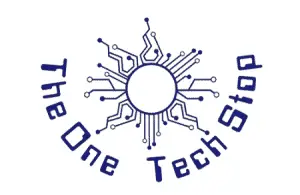As smart homes and Internet of Things (IoT) ecosystems continue to gain popularity, users are looking for new ways to automate their living spaces. One way that tech-savvy homeowners are doing that is by using smart plugs around the house.
Here are 13 common uses for smart plugs around the house:
- Smart cameras and doorbells
- Thermostats and climate control
- Phone and device charging
- Radio
- Wi-Fi router
- Access hard-to-reach outlets
- Kitchen appliances
- Sprinklers and irrigation
- Pool pumps
- Landscape lighting
- Greenhouse systems
- Automate holiday decorations
- Gaming systems
The multi-functional nature of smart plugs allows them to be used in a variety of ways around the house. As technology continues to give users the power to control their entire living space through a single interface, there are more opportunities to optimize energy efficiency, save money, and make life at home more convenient. Keep reading for more information about common uses for smart plugs around the house.
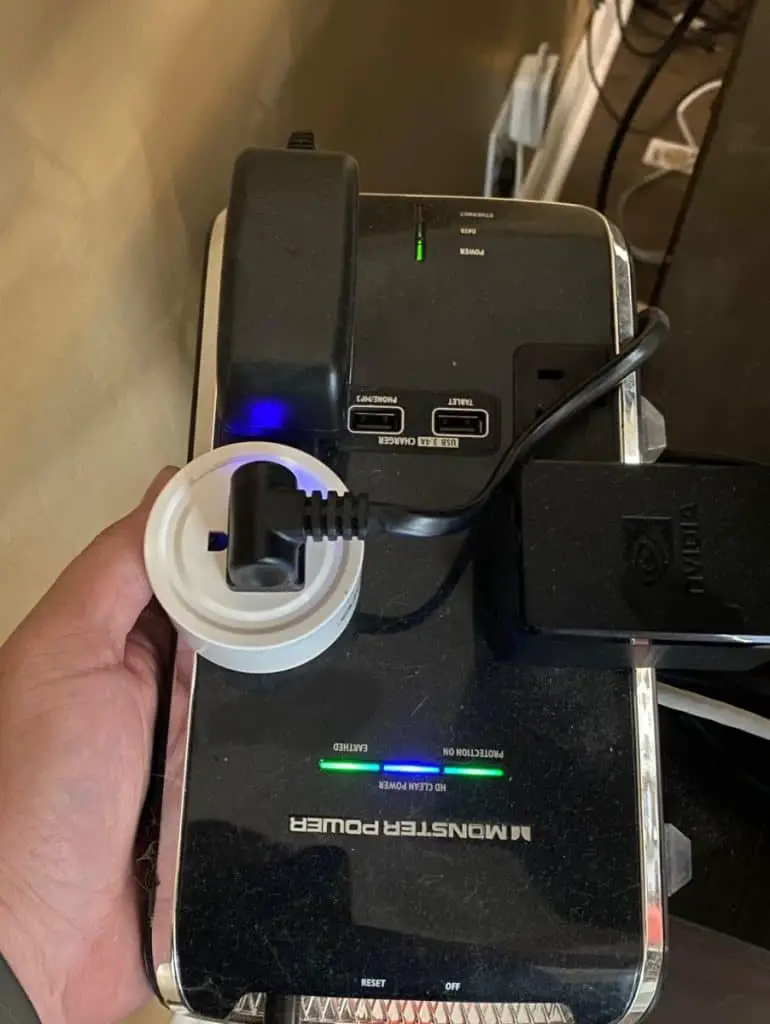
1. Smart Cameras and Doorbells
Smart plugs are relatively simple devices, which makes their operation widely user-friendly. Depending on the type of smart plug you have, they can be used to control a wide variety of both indoor and outdoor devices and systems. This includes smart cameras and doorbells.
If you have smart security cameras or doorbells installed around the house or workplace, smart plugs can help to automate your control of the system even further.
By powering your visual security system through a smart plug, you can customize your control, as well as monitor the system from anywhere. Some smart plugs, such as the Ring Outdoor Smart Plug from Amazon.com, require Alexa specifically in order to manage the plug.
According to Technology.org, Smart cameras can be used to monitor activity in and around your home or workplace. Smart cameras have additional features, such as face recognition and geofencing, extending their usefulness from security into everyday function.
The advantage of having these systems powered by a smart plug is that it allows the user to control the smart camera via their virtual assistant. This allows you to personalize your settings and explore the various functions of your smart camera system via a user-friendly interface.
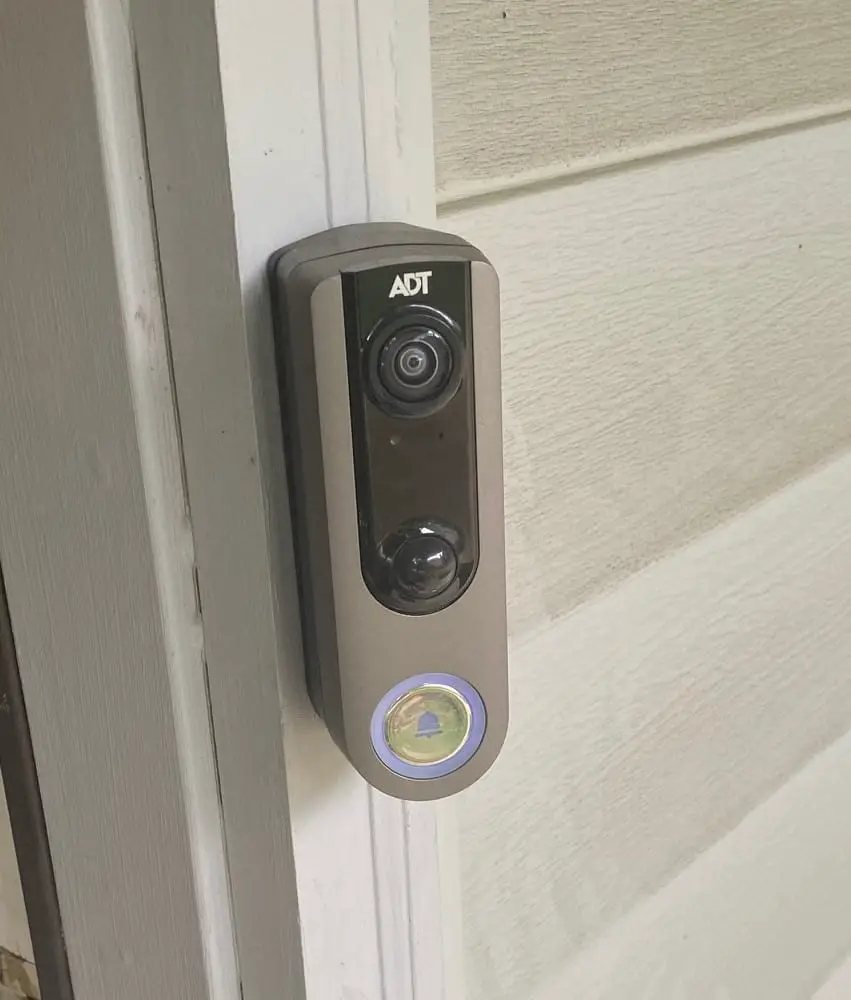
2. Thermostats and Climate Control
Smart plugs can also be used to control the thermostat, as well as other home climate modifiers such as humidifiers or dehumidifiers. This can allow users to set their home climate control systems from their smartphones so that the heater, AC, or humidifier is running when they get home.
Smart plugs are a more affordable way to incorporate your thermostat and climate control systems into your IoT ecosystem. The same result could be achieved by purchasing smart units that serve the same function as a standard AC or humidifier. Smart plugs are simply a more cost-efficient way of achieving virtual control of your home climate.
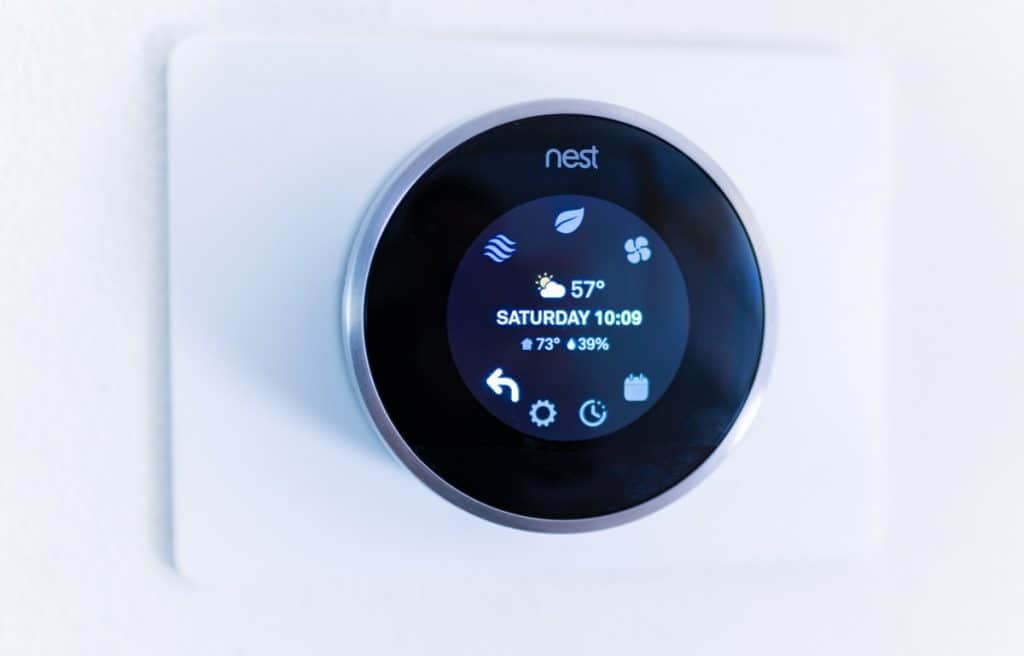
3. Phone and Device Charging
Smart plugs can be a beneficial addition to your smartphone charging station. Overcharging your smartphone on a regular basis can damage the battery life over time. One of the features of a smart plug is that it can cut off the power supply to the charger when the smartphone has reached full charge, according to Carbon Track.
Not only does this assist the long-term battery life, but it can also prevent the charging station from becoming an energy vampire, reducing your overall monthly energy consumption. Charging your phone on a smart plug can also allow you to control the power supply via voice command from anywhere in the IoT ecosystem.
4. Radio
If you’re a fan of traditional radio, smart plugs can help to make sure you never miss your favorite broadcasts. By plugging a traditional radio into a smart plug, you use your virtual assistant to set a schedule. This will cause your radio to automatically power on, right in time to catch your program.
5. Wi-Fi Router
If you’re having trouble with Wi-Fi, the first thing to try is switching the router off and back on. If your router is housed in a hard-to-reach location, such as behind a desk or on top of a high shelf, you can make life easier by powering the router through a smart plug.
If the Wi-Fi router is plugged into a smart plug, then the circuit is incorporated into the IoT ecosystem. This allows users to give a vocal command instead of having to access the router. How-To Geek recommends using a Bluetooth smart plug for the Wi-Fi router so that you can control the plug from your phone even if the Wi-Fi isn’t working.
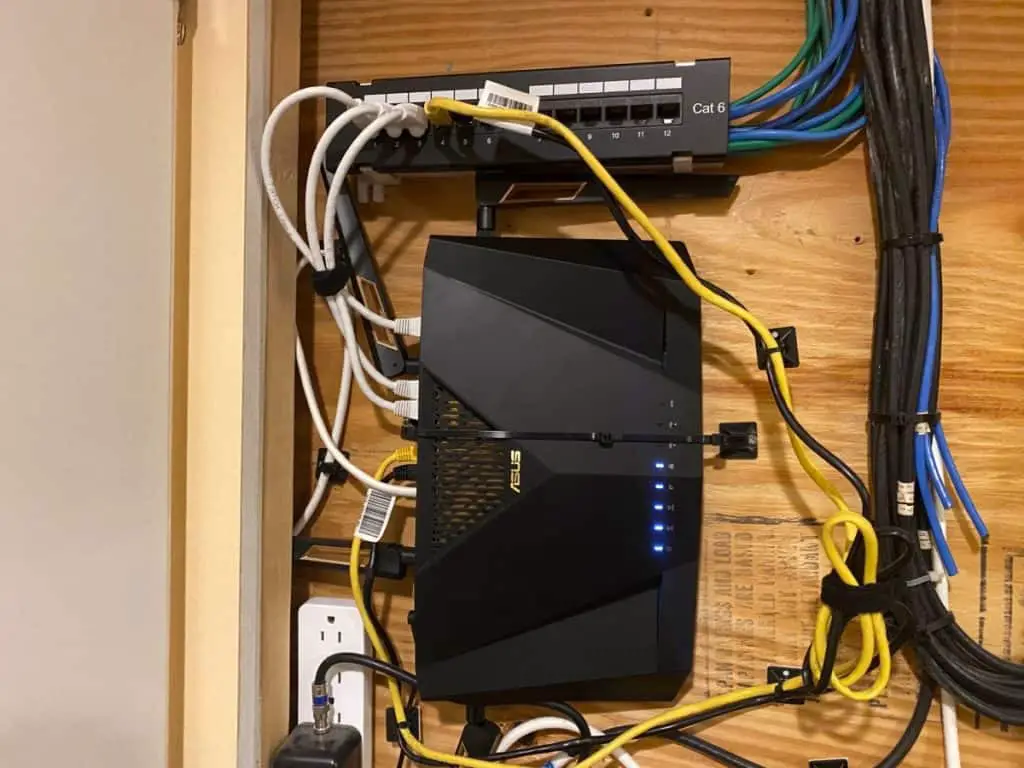
Do Smart Plugs Still Function Without WiFi?
If your internet connection is spotty, you may worry that you won’t be able to use the smart features of your smart plugs.
The majority of smart plugs will still function without access to the internet via a Wi-Fi connection. However, without connection, users may not be able to control their smart plugs through their virtual assistant.
Some smart plugs communicate via Bluetooth rather than a wireless internet connection. This can be helpful in making sure the user stays in control of the IoT system in the event that there is a problem with the internet connection. The majority of smart plugs, however, are reliant on a Wi-Fi connection for their smart features to work.
6. Access Hard-To-Reach Outlets
Nearly everyone has, at some point, experienced the frustration of struggling to reach an inconveniently located outlet. Thanks to smart technology, you can set it up so that you only have to make that aggravating reach once. Once the chord and smart plug are in, you can manage the power with ease from your phone or by voice command.
7. Kitchen Appliances
Incorporating your kitchen into the IoT ecosystem can make it easier to manage to prepare big meals, as well as allow users to perform some tasks remotely from other rooms. Many people utilize this function to perform simple tasks, such as setting the kettle to boil or turning on a crock pot, either by voice command or remotely through their smartphone.
Using smart plugs in the kitchen can make life easier on a busy prep day, as you can multitask with the assistance of your smart interface, such as Alexa. Smart plugs are a cheaper alternative to upgrading all your kitchen appliances to modern smart appliances.
Some Appliances Shouldn’t Be Used With a Smart Plug
Not all kitchen appliances are compatible with smart plugs, as the experts at How-To Geek warn. An easy way to check if your appliance can be used with a smart plug is to unplug the unit while it is still on. When you replug the unit, check if it turns back on automatically or if it must be manually switched back on. If it switches back on automatically when it’s plugged back in, it’s generally okay to plug the appliance into a smart plug.
In order for a smart plug to control an appliance, that appliance must be switched on at all times. Essentially, the on/off function of the appliance must be reliant on the power source, not the on/off toggle switch located on the appliance. This may raise an issue for some appliances, such as coffee makers or hot water kettles, which are dangerous to leave permanently switched on.
Most modern appliances are designed to be safely left on, using simple timer technology to automatically switch off before the device reaches a dangerous state. As a general rule, don’t use kitchen appliances with a smart plug unless you’re sure the on/off mechanism is compatible.
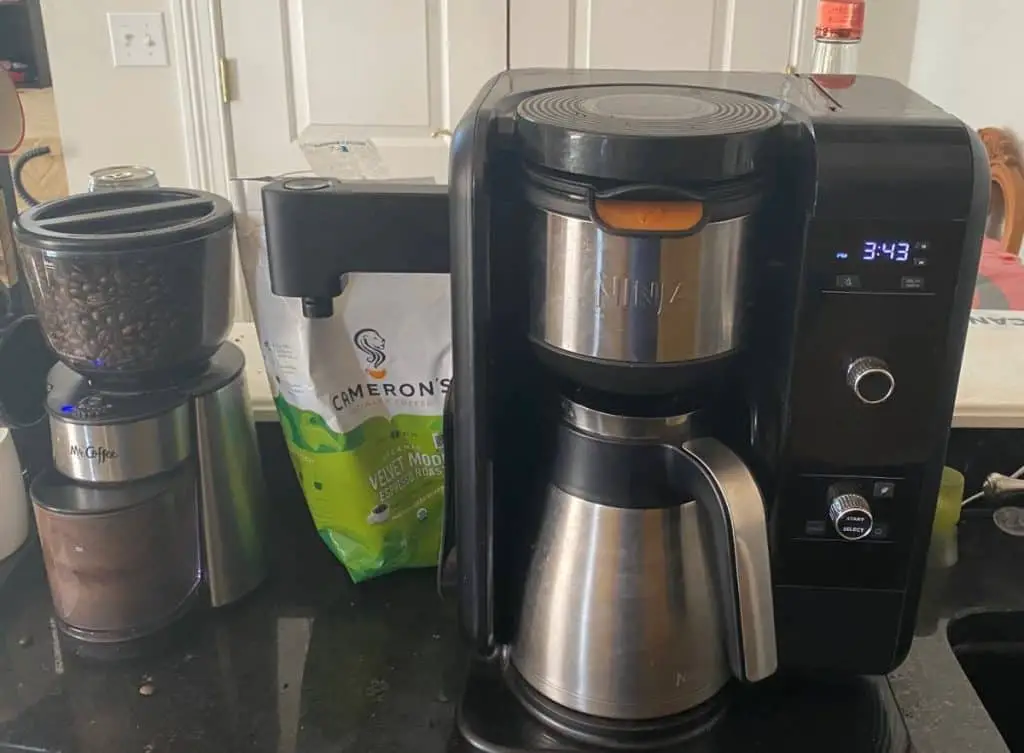
8. Sprinklers and Irrigation
Outdoor smart plugs open up a new world of possibilities for lawn care and landscaping. Powering your sprinkler and irrigation systems through a smart plug allows you to control and manage your system from anywhere.
Another benefit of incorporating your sprinkler system into your IoT ecosystem is water conservation. One of the many smart functions of outdoor smart plugs, according to Perfect For Home, is optimized water efficiency. On top of the environmental aspect, better water efficiency can also help the user to reduce their monthly utility bill.
Managing your lawn irrigation through a smart system allows you to view your water usage in a user-friendly and quantifiable format, making it easier to cut down excessive water waste. Smart technology also allows the sprinkler system to take outside elements, such as rain, into account when determining the watering cycle.
9. Pool Pumps
Another way smart plugs can improve your home convenience, as well as your energy consumption, is by incorporating your pool pump into the IoT ecosystem. Automating the power source will allow users to have greater control over when the pump runs, optimizing the energy efficiency.
Pool pumps are notorious energy guzzlers if allowed to run around the clock. However, constant power is not required in order for the pump to effectively serve its purpose, according to Smarthome.news.
10. Landscape Lighting
Landscape lights can be a luxurious touch, accenting a yard’s décor or illuminating a walkway. By wiring the lights through a smart plug, you can light up the yard by voice command or from your smartphone. This can be a helpful tool as well, just in case you leave the house without turning off the lights.
Smart plugs can also be used to power security lights as a defense measure against burglars and prowlers. If your security system is connected to your IoT ecosystem, you can scare off potential intruders with automated voice recordings.
11. Greenhouse Systems
Smart plugs can be a helpful addition to your greenhouse as well as your domestic home. By automating the grow lights or drip irrigation systems that make a greenhouse flourish, you can give your plants the perfect amount of natural and artificial light, water, all while conserving energy through the smart plug.
Including the greenhouse in your household’s IoT ecosystem can allow you to manage your greenhouse while you’re away from home. This is helpful if you’re traveling or so that you don’t have to hire a plant sitter to tend to your greenhouse.
12. Automate Holiday Decorations
If you decorate your house for the holidays, smart plugs can add an additional layer of holiday spirit to your setup. Whether it’s the horror-film score and screaming skulls on Halloween or dancing lights and Jingle Bell Rock for the winter season, smart plugs can make controlling your decorations—as well as the power they consume—a much simpler ordeal.
The ability to turn your decorative lights on and off by voice command or through your mobile device is a convenient luxury, as well as an energy saver. You can switch the lights on with a simple tap or voice command, and set them up to shut off automatically. This reduces the risk of the lights being left on overnight, which consumes a massive amount of electricity.
13. Gaming Systems
Video game systems, such as XBox and Playstation, tend to use up a lot of energy, even when they’re switched off. Using a smart plug will help you save money by cutting off the flow of electricity to the console when it is not in use.
The convenience of voice command can be a fun addition to your gaming system. Using a smart plug could allow you to say “Hey Alexa, turn on the XBox.”
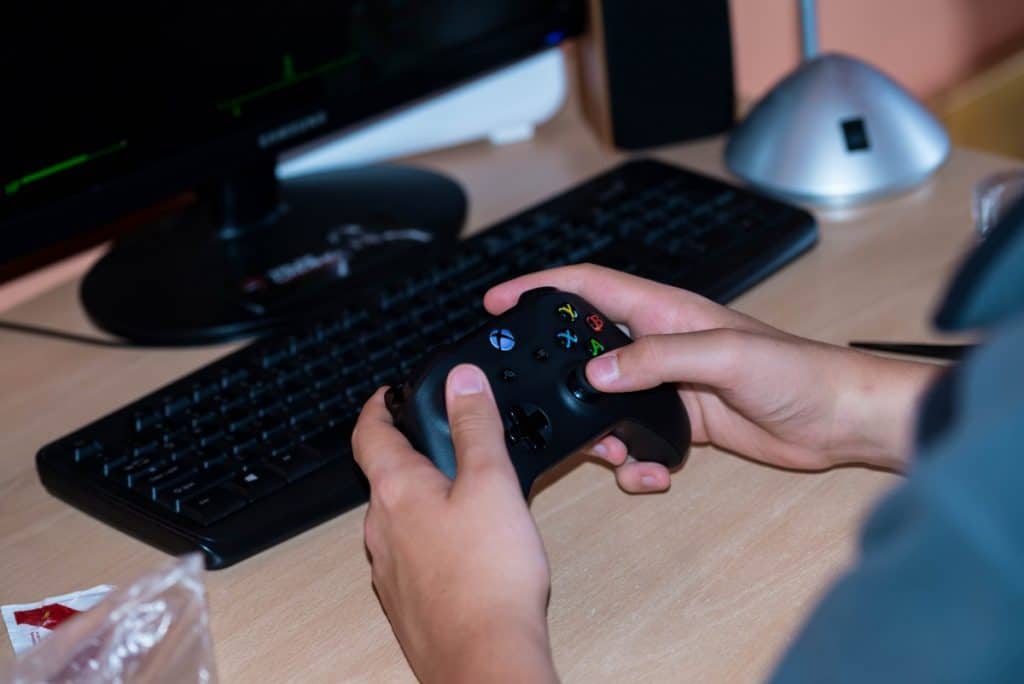
What Is a Smart Plug Good For?
As smart-home features continue to be in demand, innovators have found a relatively simple way to grant users smart-system control over standard household electronics, such as table lamps and kitchen appliances.
A smart plug is good for allowing users to control their household devices, such as lamps, lights, and appliances, through their virtual assistant interface or smartphone. This technology adds more convenience to your home and improves its energy efficiency.
But in order to work, smart plugs must be connected to the smart home ecosystem. This connection is typically made through local wireless internet; however, some smart plugs have Bluetooth communication features as well.
Can I Use a Smart Plug for My TV?
There is some concern among users that using a smart plug to power a television set and off may be harmful. Smart plugs control the TV by connecting or breaking the circuit at the powersource.
You can use a smart plug to safely turn on your TV. A smart plug will allow you to control your television power from your phone or with your voice, and without damaging the set.
If you’re automating your TV with a smart plug, you will only be able to control the power. Smart TVs or remotes may have more features, such as voice commands for channel surfing or volume modulation. A smart plug will only give you control over the powersource.
